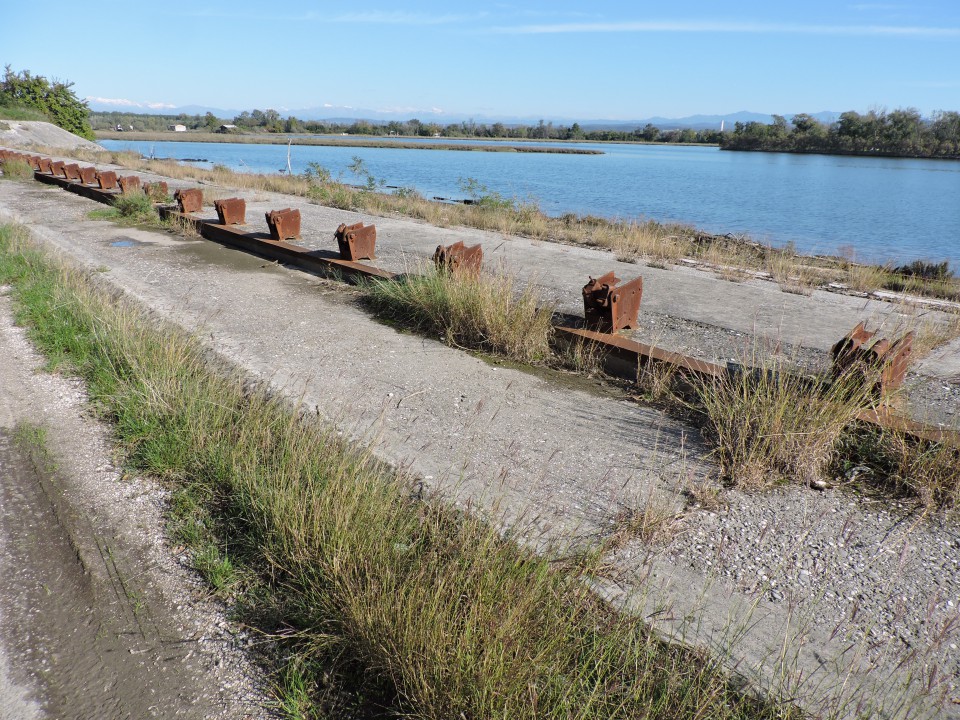La foce progressivamente si è spostata verso est. Circa 12000 anni fa sfociava a cinque chilometri davanti alla attuale posizione di Grado dove rimangono dei rilievi appena pronunciati dei depositi, a terra in località San Marco e Belvedere, ed in laguna con gli isolotti di Gorgo e del Lovo. In epoca romana sfociava a ridosso del Carso nel Lacus Timavi. Nel Medio Evo il Natisone confluisce nell’Isonzo sfociando ad est di Grado. Le carte del XVI secolo fanno coincidere il corso isontino all’attuale Isonzato che poi si spostò verso est nell’ attuale ramo Sdobba, all’interno di un corso d’acqua di risorgiva. Durante una piena nel 1490 si formò, tra l’Isonzato e Sdobba, Isola Morosini. Nelle carte del 1740 compare, ad est di Sdobba un corso d’acqua di risorgiva denominata “Correntia” che nel 1895 subì l’esondazione isontina, ed entro cui si riversarono le acque dell’Isonzo. Esso divenne il principale ramo di sbocco chiamato poi Quarantia. Tra la Sdobba e la Quarantia si formò l’isola della Cona. Nel 1934 la Quarantia venne chiusa da un argine per evitare l’interramento della baia di Panzano, riportando il fiume nel ramo di Sdobba.

